This might sound like a stupid question, maybe even so obvious that I can't find the answer anywhere else, but could someone please shed light on why inductors don't short out?
With basically all of the inductors that I've seen, the wire coils touch.. a lot. Why doesn't the electron flow just take the "path of least resistance" and go straight from the input lead to the output lead?
To illustrate, my understanding of how electricity flows through a conductor is as follows (please excuse the dodgy looking MS Paint overlay):
Since the wires are touching, I'm wondering why it doesn't go like this:

The only explanation that I could think of is that the silver-coloured contacts at the ends (somewhat covered by my drawing) are actually elemental silver, and the wires are only coated in copper. This seems like the only explanation, because according to www.tibtech.com/conductivity.php and chemistry.about.com/od/moleculescompounds/a/Table-Of-Electrical-Resistivity-And-Conductivity.htm, the only thing with less electrical resistance than copper is silver. Presumably the difference is sufficient to force the current to run the entire way around the coil and not just short through the copper.
If anyone could shed light on this, that would be great - thanks :)

